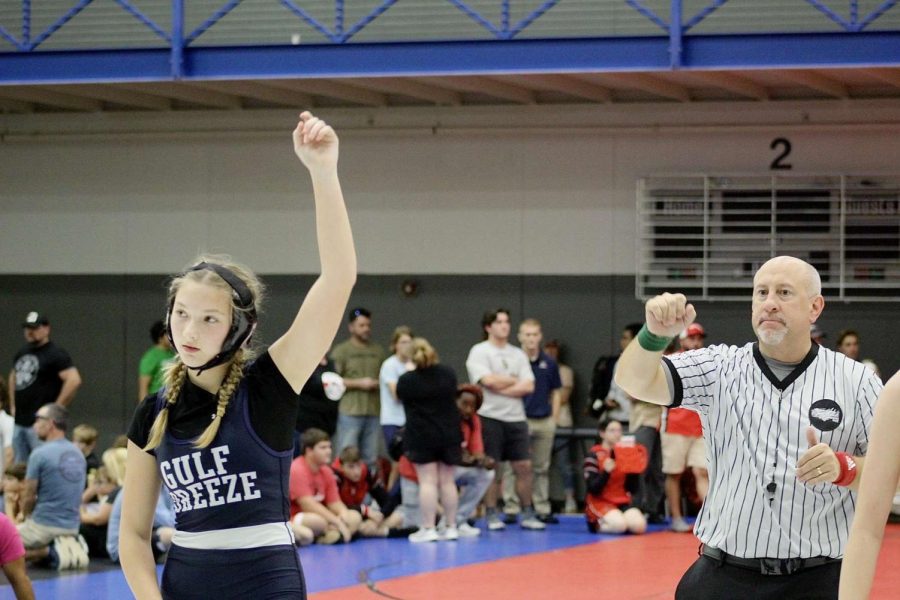Should CPR be taught in schools
February 6, 2023
“School is meant to educate and prepare individuals for the rest of their lives. For that reason, it should not even be up for debate if CPR should be taught in schools.”
Someone has a heart attack every 40 seconds in the United States, according to the CDC. Yearly, it’s estimated that around 805,000 Americans will have a heart attack. Cardiac arrest is a leading cause of death in our country. However, there are preventative measures that can keep those heart attacks from being fatal. The main one is CPR, or cardiopulmonary resuscitation. According to the American Heart Association, immediate CPR can double or even triple the chances of survival after a heart attack. Considering how effective CPR is in saving lives, why is it not taught more? CPR should absolutely be taught in schools more to spread awareness and educate individuals on how to save lives.
CPR is a very simple emergency procedure that should be used when someone stops breathing or their heart stops beating. To give CPR, place the person on their back on a flat surface. Then, put your hands on top of one another and interlock your fingers while positioning yourself to the person’s side. Lean over top of the person, lock your elbows and make sure your hands are directly below your shoulders. Position the heel of your hand in the center of the person’s chest and begin compressions. You want to make sure you push down at least 2 inches while also maintaining a rate of 100 to 120 compressions per minute (This can be done by syncing your compressions to “Stayin’ Alive” by The Bees Gees). Something that many people might overlook while giving CPR is that you must let the person’s chest completely return to normal position before compressing again. After doing 30 compressions, you’re going to want to give 2 breaths by tilting the person’s head back and lifting their chin, which will open the airway. When giving a breath, ensure each breath lasts about a second and causes the chest to rise. Continue giving 30 compressions and 2 breaths until help arrives.
A study done in Slovenia and published by BMC Public Health in 2020 described how “Previous studies showed that CPR training boosts the confidence of schoolchildren. Our study also showed that schoolchildren with excellent CPR knowledge express a greater willingness to help others. The percentage of such schoolchildren increased after CPR training.”
Cardiac arrest can occur at any time. It could be your teammate at practice after school, your coworker at your job, or your family member at home. Knowing how to perform CPR could save their lives. School is meant to educate and prepare individuals for the rest of their lives. For that reason, it should not even be up for debate if CPR should be taught in schools.
Additional reading:
CPR Facts and Stats | American Heart Association CPR & First Aid
CPR Statistics – AHA CPR & First Aid Blog (heart.org)





















